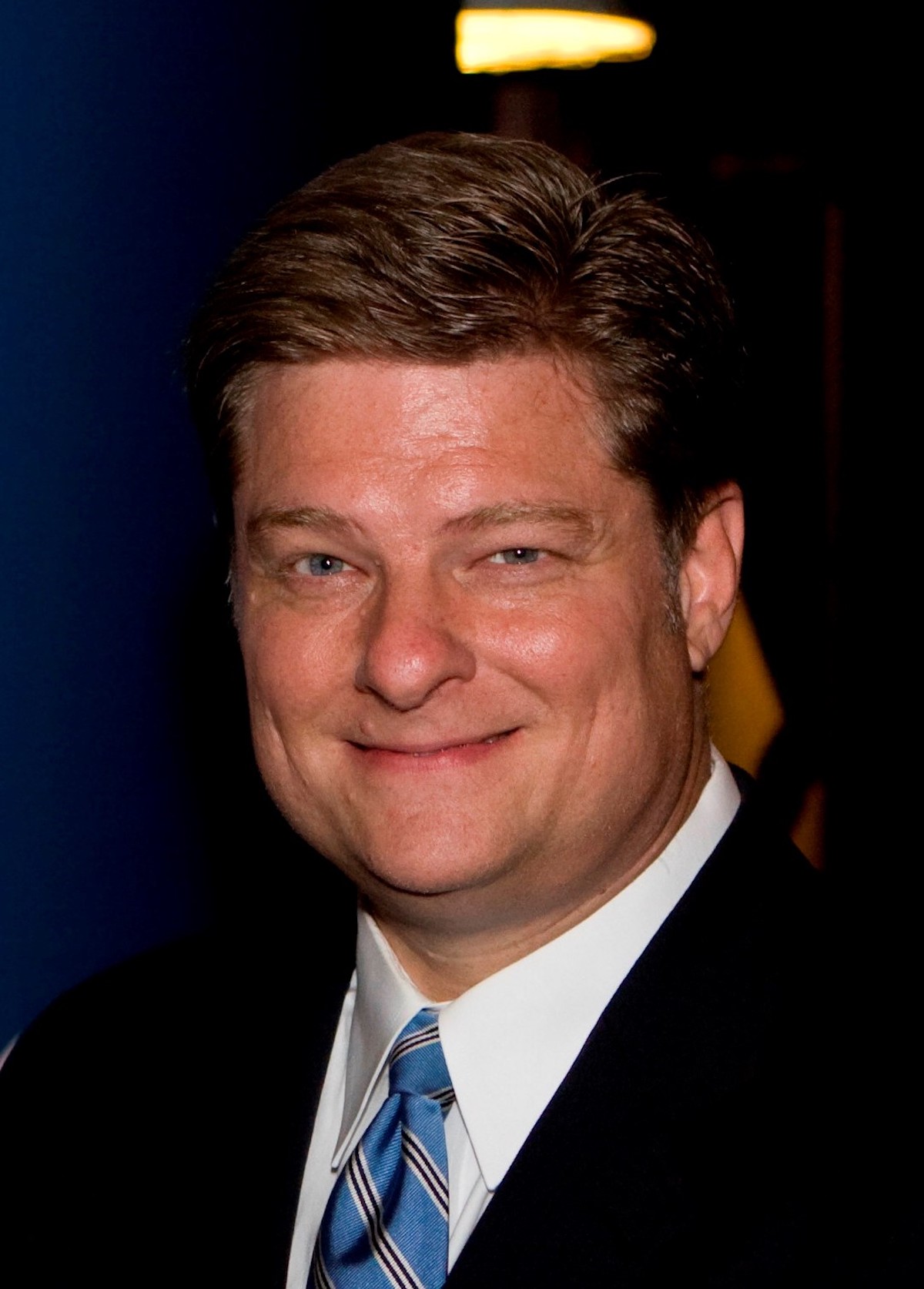By Oran Smith
As the South Carolina House of Representatives was debating (and overwhelmingly passing) an expansion of the state’s Education Scholarship Trust Fund (ESTF) program, it became clear that some basic facts about the concept of “school choice” and how the ESTF program in particular is designed to work were lacking.
Here are a few facts and observations from a point of view in support of public and private school choice.
According to the McCourt School of Public Policy at Georgetown University, 2023 was the high-water mark for private-school choice. Seventeen states passed legislation expanding or establishing programs, and eight states enacted universal eligibility. There are now 10 states with universal programs. (Universal programs have no income, previous public-school attendance, or special needs status requirements typical of earlier school choice programs.)
According to school choice researchers at EdChoice, there are 80 school choice programs in the United States serving 982,000 students. But spending for those students exercising choice comes in at only .75% of all expenditures on K-12 public education, even with recent expansions of choice.
Though often lumped together under the term “vouchers,” there are at least four types of private school choice in America — vouchers, tax credit scholarships, refundable parent tax credits, and Education Scholarship Accounts (ESAs).
South Carolina does not have vouchers, which are banned due to the Pitchfork Ben Tillman-inspired 1895 Constitution. But the Palmetto State has smallish versions of each of the other three.
To clarify the alphabet soup, the Palmetto State program known as ESTF, which the House voted to expand, is an ESA.
The ESA is the version of school choice that is sweeping the country. The reason? ESAs use a sophisticated online portal mechanism to empower parents to customize an education for their child.
I can demonstrate that mechanism in five steps. State trust funds are placed into an account. Schools and a wide range of other education providers (not just private schools) register to participate. Parents apply for an individual account/scholarship for their eligible child. The parent signs into an online portal and chooses a vendor of education services from the listing of approved providers. The final step is when the student is tested to see how well the new private provider is educating the child.
According to the law passed in 2023, applications for the inaugural 2024-25 school year ended on March 15, 2024. The State Department of Education (SCDE) received 7,907 student applications, or 2,907 more than the 5,000 available in the program.
- Families from all 46 South Carolina counties applied for ESTF scholarships.
- 5,900 applications came from Medicaid recipients.
- 3,540 applications came from English language learners.
- 602 applications came from military families.
- A decisive majority of student applicants self-identify as racial minorities.
- Our analysis shows applications exceeded other states’ first year ESA scholarship participation. (In Arizona, just 153 initially applied; Florida 1,560; Mississippi 174; North Carolina 277; Tennessee 1,972; and West Virginia 2,333).
To be clear, that’s 7,907 applications received for the 5,000 slots available the first year.
This is quite surprising given the very tight application window (January 15-March 15) and the narrow range of eligibility. Only students who attended public school in 2023-24 and whose family income fell below 200% of the federal poverty line (about $60,000 for a family of four) were eligible.
In its third year, even if the new legislation passed by the House two weeks ago becomes law, the limit would be only 15,000 scholarships. After that, as reported by this news site, “while all students would be eligible, how many slots are ultimately funded would be part of the budget debate. The only thing known is that the annual cost would be somewhere north of $106 million.”
To put $106 million in perspective, the state Revenue & Fiscal Affairs Office reports that for 2021-22, total revenues (local, state and federal taxes) for K-12 public education were north of $12 billion across all districts.
The overwhelming response to the ESTF program — even with a launch crippled by low publicity and narrow eligibility — clearly indicates that South Carolina families are hungry for the opportunity that school choice represents. The expansion of that opportunity passed by the House of Representatives will move the program to universal availability, while keeping guardrails on fiscal impact, a fiscal impact that in Year 3 will be .88% of the public-school budget.
That’s about the same percentage as in America, across all states both “red” and “blue” (.75%), which is clearly not fiscally irresponsible.
Oran Smith, Ph.D., a native of Greenville County, came to Columbia to serve in the administration of Gov. Carroll Campbell. More recently he has held posts with the South Carolina Business & Industry Political Education Committee (BIPEC), and Palmetto Family Council. He co-founded Palmetto Policy Forum (now Palmetto Promise Institute) a decade ago and serves as senior fellow and secretary of its board of directors. Oran is a graduate of Clemson (BA) and the University of South Carolina (MPA, Ph.D.) and serves on the board of trustees of Coastal Carolina University.







